In our world today where it seems change is the only constant thing or maybe where it seems things are spinning out of control, there is still the constancy and order of the universe. While it’s probably not something that is given much thought, no matter what craziness happens in the world, gravity is still going to be the same today as it was yesterday, and it will still take two hydrogen atoms and one oxygen atom to make water.
Laws of Nature
One interesting thing about the universe is that matter interacts with matter in very predictable ways. Those interactions are described in different Laws of Nature. Whether it is a law of the properties of gases under pressure (such as Boyle’s Law or Charles’s Law), a law about electromagnetism (like Lenz’s Law and Faraday’s Law), or the law of gravity working on different objects, the nature of our existence adheres to certain predictable properties.
Whether you view these Laws of Nature as descriptions of how the world operates or principles that nature must obey, the fact remains that there are regularities and predictable phenomena about the material world. In many respects, this aspect of our existence requires some explanation. Why is there such constancy and predictability in material interactions if it is a result of a random, chaotic process?
Laws of Logic
But beyond the Laws of Nature, there are also Laws of Logic (yet another aspect of our existence that requires some explanation – our ability to think logically and theoretically). There are all kinds of laws and rules that govern logic, just like the laws and rules that govern or describe material interactions. According to the 1999 Cambridge Dictionary of Philosophy, laws of thought are laws by which valid thought comes and allow us to justify valid inferences or make valid deductions. These laws of thought are rules that apply to thinking and reasoning regardless of the subject matter being discussed.
There are numerous laws of logic and rules of inference, including definitions of logical fallacies that expose erroneous logic. However, there are three traditional laws of logic: the Law of Identity, the Law of the Excluded Middle, and the Law of Non-Contradiction. The Law of Identity ensures that things are what they are by their definition. Meaning, something is what it is, and it is not something else. It ensures that all the terms of an argument are clear and unambiguous – that when you use the word “tree” that it refers to a tree instead of not a tree. This law ensures that all the terms in a logical argument are clear and unambiguous.
The Law of the Excluded Middle states that there cannot be a middle ground between two contradictory conditions. In other words, something is either true or false, not somewhere in between. Everything either is or is not. For example, a sign is either red or not red; there is not a middle option. Granted, one must be careful to not commit the logical fallacy of a false dichotomy, or presenting things as an either A or B situation when there actually is C, a third option. This law is referring to the two contradicting ideas of, from the previous example, of red or not red. In that case, there is not a third option. In the digital world, the Law of the Excluded Middle would state there is either a 1 or a 0. There is no other option. The “middle” is excluded from consideration when there are those contradictory conditions.
The Law of Non-contradiction takes the idea of the excluded middle one step further. It states that two contradictory propositions cannot both be true in the same context at the same time. From the previous example, a sign is either red or not red, it cannot be both red and not red at the same time and in the same context. The law of non-contradiction and the law of excluded middle create a logic that is “mutually exclusive” and “jointly exhaustive.” The law of non-contradiction shows the mutually exclusive aspect of that logic (if one statement is true, the contradicting statement must be false), and the law of excluded middle shows the jointly exhaustive aspect (all options have been considered because of the either/or nature of the contradictory statements).
For a worldview example showing the Law of Non-contradiction, a person cannot believe there is a god and there is not a god at the same time and in the same context. Those are contradictory statements so they cannot both be true at the same time and in the same context. Likewise, a worldview that tries to hold each of those ideas at the same time is inherently contradictory.
Darwin’s Theory of Macro-evolution
Take, for example, the two different views of the origins of life. Darwin’s Theory of Macro-evolution attempts to explain the full variety of all living things as the descent with modification from a common ancestor. Darwin proposed this as a naturalistic and mechanistic process. The common ancestor would reproduce with some amount of genetic mutations, which would give the next generation a new organ or feature that gives it a survival advantage over the segment of the population without that mutation. Thus, the mutation and its effective change on the organism would be passed down to future generations.
Darwin insisted that these mutations were random, unplanned, and blind to their effects. Therefore, nature was responsible for generating new structures, mechanisms, and organisms out of randomly occurring mutations. There would be no planning, no design, no purposeful intent in the generation of any organism. All living things were subject to the natural process of macro-evolution.
God-directed creation
The contrasting idea is that of a god-directed creation. Though many people may have differing definitions of who this creator-god would be, there are certain features this god necessarily must have. This god must be intelligent and creative. It must be different from this creation and exist outside of this creation. The very act of creation would include planning, design, and purposeful intent so that each kind of life form would be specifically fashioned for its environment.
Clearly, the god-directed creation theory of origins stands in direct opposition to the Darwinian macro-evolution theory of origins. They are contradictory ideas. One idea says the source of all life is random, chaotic, natural processes without any direction. The other idea says the source of all life is a purposeful, supernatural Creator who designed life with order and intent. Both of these views cannot be held simultaneously.
Could there be a god-directed evolution?
Some people don’t like having to pick a side in this debate though, so they try to straddle the fence. Maybe a creator-god used evolution to accomplish the task of creation. However, Darwin’s entire concept of macro-evolution is built around the idea that a god is not necessary. In fact, introducing god into the process would refute the basic premises of his theory. Darwin postulated random genetic mutations. Having a god involved would necessarily mean having forethought and design; mutations would no longer be random, they would be planned. It introduces the supernatural into a purely natural process. So having a god-directed evolution is a contradiction by definition. It violates the Law of Non-contradiction.
These two theories are diametrically opposed. One says god created; the other says god isn’t necessary. One says you are here for a purpose; the other says you are an accidental by-produce of nature’s genetic replication errors. As is evident, these two theories have bigger consequences than just what you think in biology class. These theories of origins have implications across religious, social, and political spheres. It can shape the way you see yourself, the way you see others, and how you value life. Therefore, we cannot go with such nonsense as to hold to both of these ideas simultaneously. Logically, they cannot both be true at the same time.





3 thoughts on “Can Both of These Be True?”
Always enjoy your articles. Thanks.
Thank you!
I wish Christian churches would cover these apologetic topics with teens. These are such great lessons.
Comments are closed.